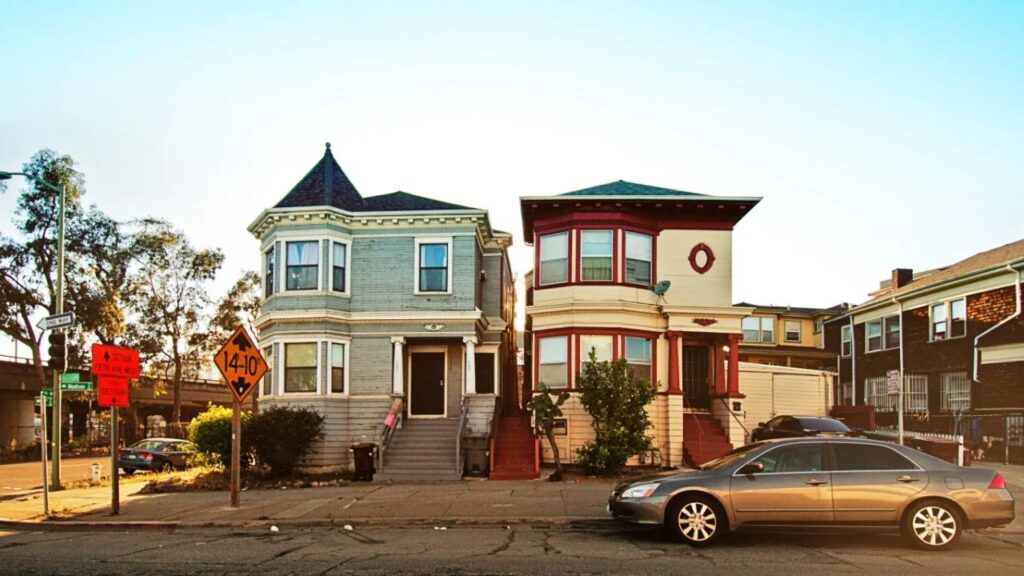El Paso County, Texas, is the westernmost county in the state, sharing a border with Mexico. Its population was approximately 868,763 in the 2020 census. The median household income in the county for 2020 was $48,292, which is lower than both the state average of $64,034 and the national average of $67,521. El Paso County’s poverty rate in 2021 was 20.1%, higher than the state rate of 14.2% and the national rate of 12.8%.
While some parts of El Paso County are prosperous with a high quality of life, others face challenges such as low income, high unemployment, inadequate education, and limited access to healthcare and social services. In this article, we will examine the five poorest neighborhoods in El Paso County using data from the U.S. Census Bureau’s American Community Survey (ACS) 2017-2021 estimates. We’ll use the following criteria to assess poverty:
- Median household income: The middle point of the income range for all households in a neighborhood.
- Poverty rate: The percentage of people with incomes below the poverty threshold for their household size and composition.
- Unemployment rate: The percentage of people in the workforce who are unemployed.
- Educational attainment: The percentage of individuals aged 25 and older who have completed at least a high school education.
1. Chihuahuita
Chihuahuita is an old neighborhood in downtown El Paso, near the Mexican border. It has a rich history but faces significant economic challenges. According to ACS data:
- The median household income is $13,636, much lower than the county and national averages.
- The poverty rate is 64.9%, significantly higher than both the county and national rates.
- Unemployment is at 17.4%, well above the county and national rates.
- Only about one-third of adults in the area have completed high school or more.
Also Read:
2. Buena Vista
Buena Vista, a downtown El Paso neighborhood next to Chihuahuita, also has a long history dating to the late 1800s and is mainly Hispanic. It shares similar challenges with Chihuahuita in terms of economic struggles and social disadvantages. According to ACS data, Buena Vista had:
- A median household income of $14,583, which is 69.8% below the county median and 78.4% below the national median.
- A poverty rate of 59%, nearly three times higher than the county rate and over four times higher than the national rate.
- An unemployment rate of 15%, more than double the county rate and nearly twice the national rate.
- An educational attainment rate of 35%, meaning only about one-third of adults completed high school or higher education.
Also Read:
3. San Juan
San Juan is a neighborhood in south-central El Paso, close to Interstate 10 and Zaragoza Road. It’s primarily residential, with single-family homes and apartments. The residents come from diverse backgrounds, including Hispanics, African Americans, Asians, and Native Americans. However, it faces challenges like low income, high poverty, and limited education levels. According to ACS data:
- The median household income in San Juan is $18,750, significantly lower than the county and national medians.
- The poverty rate stands at 49%, more than double the county rate and nearly four times higher than the national rate.
- The unemployment rate is 11%, nearly twice as high as the county rate and one-and-a-half times higher than the national rate.
- Educational attainment is at 46%, indicating that less than half of the adult population has completed high school or more.
Also Read:
4. Save The Valley 21
Save The Valley 21, situated in southeast El Paso near Loop 375 and Montana Avenue, is a rural neighborhood covering roughly 21 square miles. It’s home to approximately 3,000 residents. The name stems from a grassroots effort to protect the natural and cultural assets of the region from urban development. However, this area faces challenges such as low income, high poverty, and limited education. According to ACS data:
- Median household income stands at $19,375, which is significantly lower than the county and national medians by 59.9% and 71.3%, respectively.
- The poverty rate is 47.8%, more than double the county rate and almost four times higher than the national rate.
- The unemployment rate reaches 10.4%, nearly twice the county rate and over one-and-a-half times the national rate.
- The educational attainment rate is 48.1%, indicating that fewer than half of adults have completed high school or higher education.
Also Read:
5. Ysleta Mission Valley
Ysleta Mission Valley is a historic neighborhood in eastern El Paso, situated along the Rio Grande and Alameda Avenue. It was established by Spanish settlers in the 17th century and is known for the Ysleta Mission, the oldest continuously active parish in Texas. The neighborhood has a predominantly Hispanic population, reflecting its rich cultural and religious heritage. However, it also faces significant challenges, including low income, high poverty rates, and limited educational attainment. According to ACS data:
- The median household income is $20,833, which is much lower than the county and national medians.
- The poverty rate is 42.6%, more than twice the county rate and more than three times the national rate.
- The unemployment rate is 9.2%, higher than both the county and national rates.
- The educational attainment rate is 50%, meaning that only half of the adults have completed high school or higher education.
Also Read:
Conclusion
El Paso County, Texas, has a diverse history and culture but faces important disparities in income, poverty, joblessness, and education across its neighborhoods. Some of the most financially challenged areas include Chihuahuita, Buena Vista, San Juan, Save The Valley 21, and Ysleta Mission Valley.
These neighborhoods deal with issues like low income, elevated poverty rates, limited education opportunities, and inadequate access to healthcare and social services. These problems impact the residents’ quality of life and well-being, necessitating collaborative efforts from different groups to tackle them.


